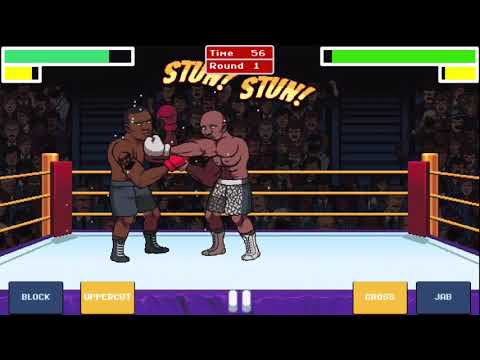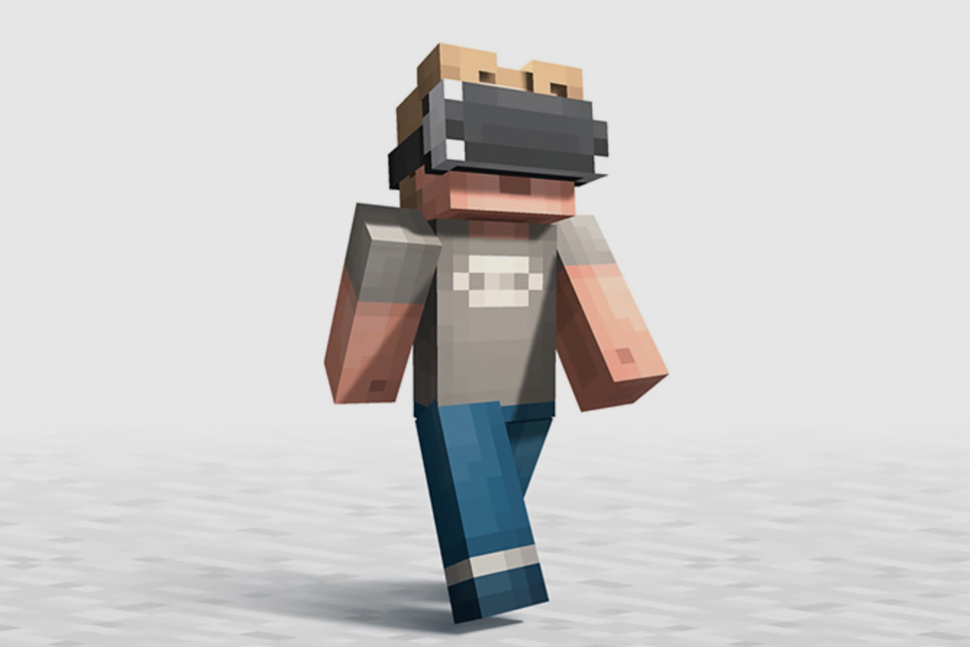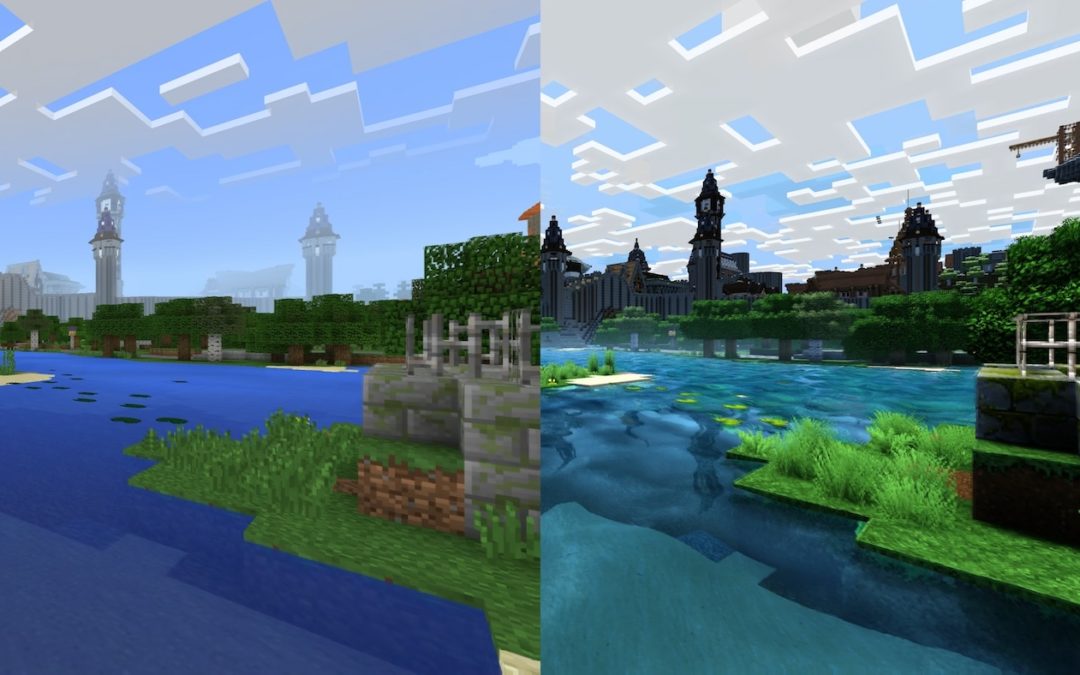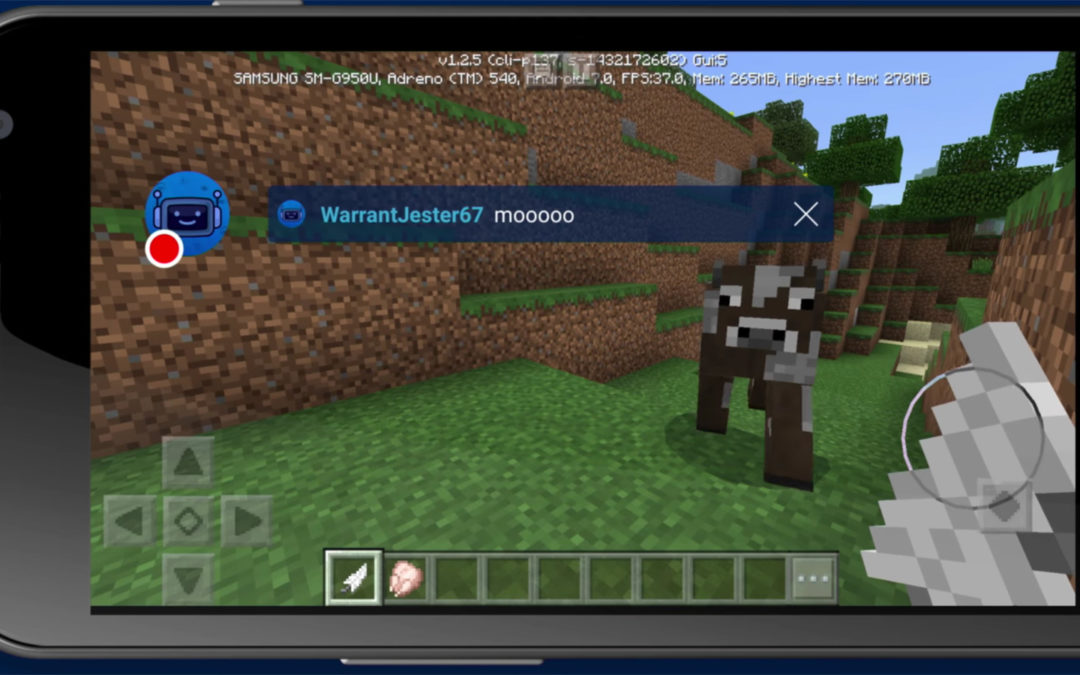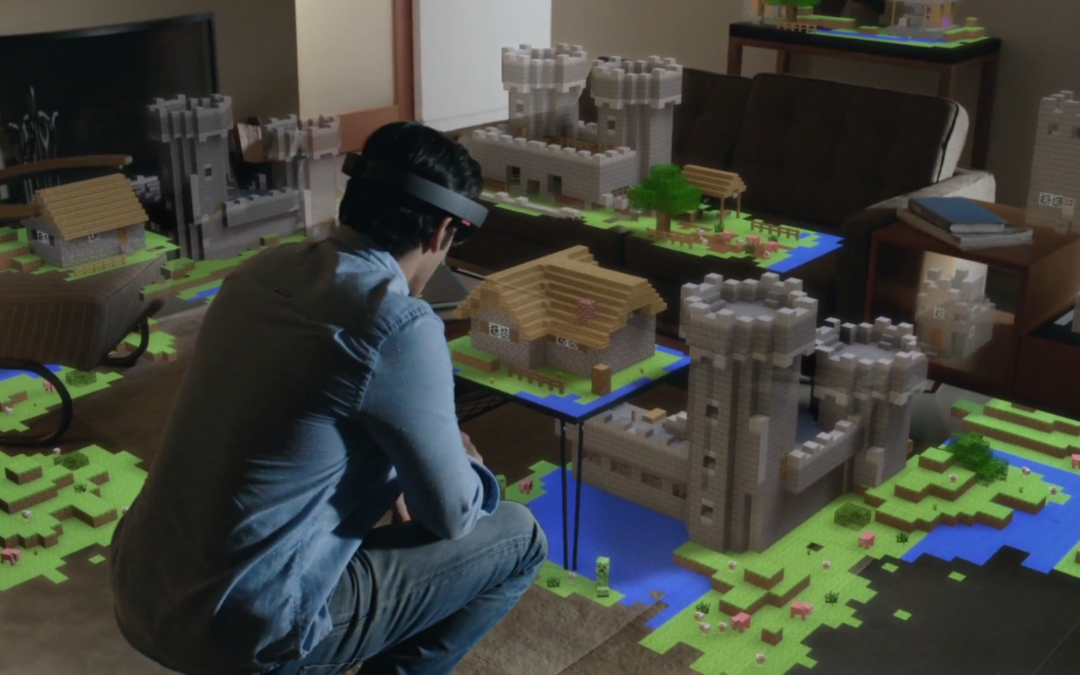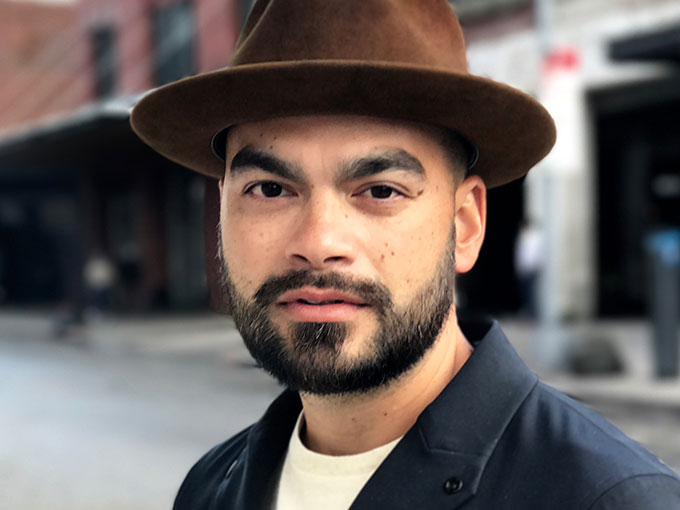Like many adults, Benjamin Kelly didn’t initially get the global Minecraft phenomenon, which has seen millions upon millions of kids investing endless hours exploring and creating within a blocky virtual world. Eventually he came around.
“I consider myself a late adopter,” says Kelly, who teaches technology at Caledonia Regional High School in New Brunswick. “But the students’ passion for the game was unyielding. I adopted Minecraft mainly because of that.”
By “adopted” he means he not only began playing it himself but also brought the game into his classroom. In addition to the 120 million-plus copies of the consumer-oriented version that have been sold since the Swedish-made mining game launched in 2011, Microsoft Corp. has sold more than 2 million Minecraft: Education Edition licenses specially designed to help kids learn to code.
Once he started poking around the game he began to see its educational potential. “It offers community,” he explains. “Minecraft is so popular it’s a culture. And by adding the recent powerful coding connections to the game Microsoft has created the ideal computer science education environment.”
Minecraft: Education Edition allows kids to command an agent within the game using computer code, sending it off to perform actions such as mining, harvesting, or building while the player continues doing whatever he or she likes. It’s designed to provide a familiar and accessible environment in which to introduce kids to some of the core concepts of computer science while keeping things fun and creative.
“I’ve seen examples where coding has caused the agent to build entire cities with random building heights all while the student continues to explore the game,” says Kelly.
Once he began using Minecraft in his classroom there was no turning back. Kelly went on to become a Microsoft Innovative Educator Expert and a Global Minecraft Mentor. He was recently named New Brunswick’s Inspirational STEM Teacher of the Year for 2017.
“Minecraft may be the single best educational tool available to support inclusion, universal design for learning, a wide variety of curriculum, and, most importantly, 21st century skills and competencies needed for successful lives and careers,” he says.
Kelly is just one of thousands of teachers now using Minecraft: Education Edition, and he’ll putting it to work again this week as part of the Hour of Code, a series of more than 100,000 teacher-planned educational events taking place in over 180 countries, with 3,000-plus events registered in Canada alone. Educators can choose from hundreds of ready-made tutorials sorted by grade and topics, many with prepared teacher notes. The student-led Minecraft module is, unsurprisingly, among the most popular of these programs.
Cam Smith, a spokesperson for Microsoft in Education Canada who has spent his entire career leveraging technology as a teaching aid (he built his first computer when he was 15), isn’t surprised that kids gravitate towards Minecraft as a portal to learning about computer science. He says nearly 70 million people have used Minecraft tutorials to understand the basics of coding.
“Minecraft is a great first step into coding,” says Smith. “It’s an open sandbox environment that is already beloved by students of all ages, genders, and backgrounds around the world. It’s a powerful validation that coding can be a truly creative pursuit for students.”
But are kids actually learning anything by playing Minecraft in the classroom? Smith is convinced they are.
“I’ve seen first-hand the power of how a gamified learning approach to coding ignites curiosity and passion within students,” he explains. “I’ve spoken to educators and have seen students learn to code using Minecraft in classrooms across the country. Complimentary to learning to code, Minecraft: Education Edition helps kids with teamwork by building worlds together.”
Smith’s job has given him opportunity to see how Minecraft not only helps students learn about computer science, but also geography and architecture as kids recreate real world replicas of schools, provinces, and cities. He even once observed students building a river in Minecraft to study fish conservation.
And he’s looked on, satisfied, as Minecraft has nudged quiet students out of their shells. “I’ve seen Minecraft: Education Edition be an incredible tool for students to stand out where they might not be as vocal in the classroom,” he says. “Their work shines through building confidence and an interest in STEM learning.”
As a teacher, Kelly has seen these sorts of occurrences first-hand, too. He believes that Canadian universities are now being flooded with students in computer science and engineering who cut their coding teeth via Minecraft. He thinks even those who don’t go on to study STEM subjects benefit from spending time with Minecraft in the classroom.
“As our world becomes more and more globally competitive and robots take over countless careers, creativity will be a badge for employment,” he explains. “Minecraft is a giant sandbox only limited by the player’s creativity while at the same time fostering the growth of creative ability. The 21st century competencies will win careers moving forward in a world where knowledge is just a mobile device away. Computer science education – and Minecraft: Education Edition – prepare our students today for that future.”
